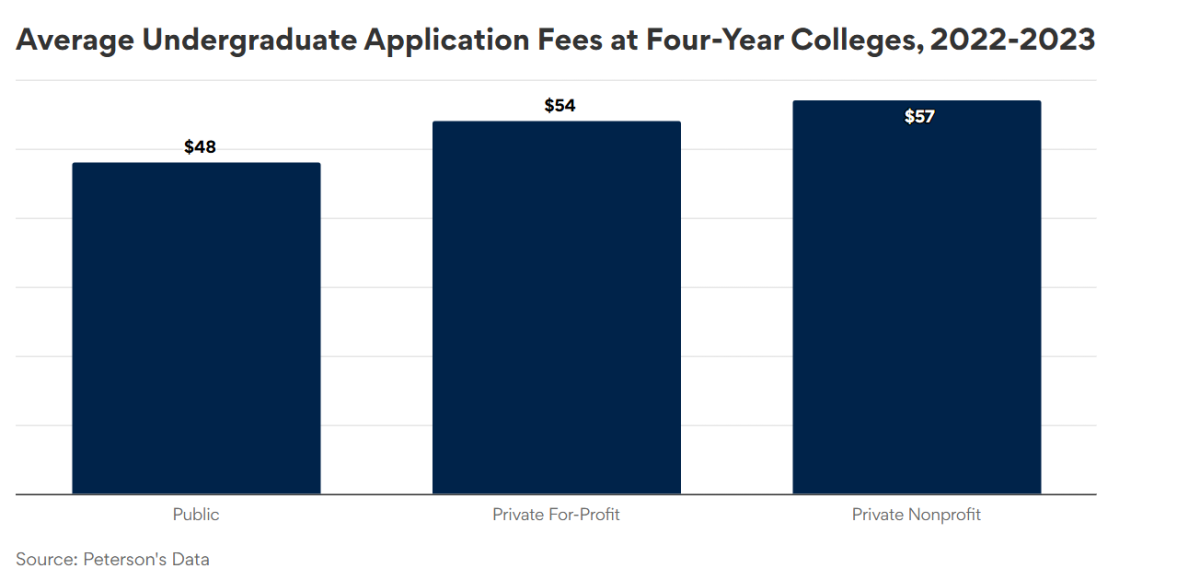As the first semester under the revised MCPS grading policy comes to a close, it is time to examine some of the impact the policy has had on grades.
Data findings from first semester of the 2016/2017 school year with the new grading policy can be compared to first semester of the 2015/2016 school year with the previous policy. For example, teacher X’s honors chemistry classes of this year can be compared to the same teacher X’s classes from last year.
The teachers and periods used are confidential and no specific student’s grades were looked at while collecting data. Additionally, some of the grades and their information will be presented in a converted numerical format. For example, an “A” is worth a four in the format, a “B” with three, “C” with two and so on.
First, let’s look at the data from a broad viewpoint: the average semester grade for students in the reviewed classes. Last year, the average first semester grade was a 3.258. Considering a “B” is worth a three, the average semester grade for students was close to a “B.” With the new grading policy, first semester this year, the new students in those same courses earned an average semester grade of a 3.496. Essentially halfway between an “A” and a “B,” the average grade rose with the new policy almost a quarter of a point above the previous year’s grades. Although the change may appear small, it is also useful to consider how many hundreds of students are being averaged into the semester grades and how difficult it is to change an average with that many data points.
Now that an average grade change is apparent, it remains to be seen why this is so. One such reason of grade increase with the new policy can be attributed to the RQAs. In a set of honors algebra II classes from last year, the average quarter grade for quarter one and two was a 2.97 and a 2.95, respectively. These grades were earned at a time where RQAs did not have a 10 percent factor into each quarter grade and when other categories like quizzes and tests held more weight. Compare those quarter grades to the grades from this year with the same honors algebra II teacher. Quarter one the average grade was a 3.4 and quarter two was a 3.33. The teacher did not change, the material stayed the same, the only change in the way quarter grades were calculated was the RQA. It seems in a math based class like honors algebra II, the RQA provides the grade booster some students need.
The opposite can also be said about the effects of the RQA. A set of honors chemistry classes saw quarter grades fall from a 3.48 to a 3.14, and a set of honors English 10 classes saw grades fall from a 3.45 to a 3.3. In a class like English or chemistry, where the information on the test may be more difficult than that of a math RQA, grades took a hit.
Another factor that most likely took a hit from the new grading policy was the amount of effort put into school by students. The new grading policy, which offers leniency when calculating the final semester grade, has disincentivized students from putting in the same effort as previous years. Of the sets of classes studied, the majority of them saw a higher quarter one and quarter two grade last year in comparison to the grades this year under the new grading policy. Last year, students were motivated to work harder for their grades in order to reach a good semester grade than this year.
One of the main reasons students last year had to work significantly harder was due to the final exam and its role in calculating semester grades. Of the classes studied, the average final exam grade between them all was a 2.92. Having the average exam grade as a “C” meant students had to work above and beyond for the quarter grades in order to avoid possible threats to their semester grades from the final exam. Seeing that this year we are without the final exam, it is yet another reason why semester grades this year surpassed those of last year.
Although the data in this report is not perfect when considering circumstantial conflictions such as a curriculum change or a yearly shift in the order of assignments completed, the statistics provide an inside view into how much the new grading policies changed the grades.
Aaron Levine
Back Page Editor







![Editors-in-Chief Ahmed Ibrahim, Helen Manolis, Cameron Cowen, Alex Grainger, Emory Scofield, Hayley Gottesman, Rebekah Buchman and Marley Hoffman create the first print magazine of the year during the October press days. “Only a quarter of the schools in MCPS have programs that are like ours, a thriving, robust program. That makes me really sad. This is not just good for [the student journalists] to be doing this, it’s good for the entire community. What [student journalists] provide to the community is a faith in journalism and that continues for their lifetimes," Starr said.](https://woottoncommonsense.com/wp-content/uploads/2025/10/wmpoFTZkCPiVA3YXA4tnGoSsZ4KmnKYBIfr18p3l-900x1200.jpg)
